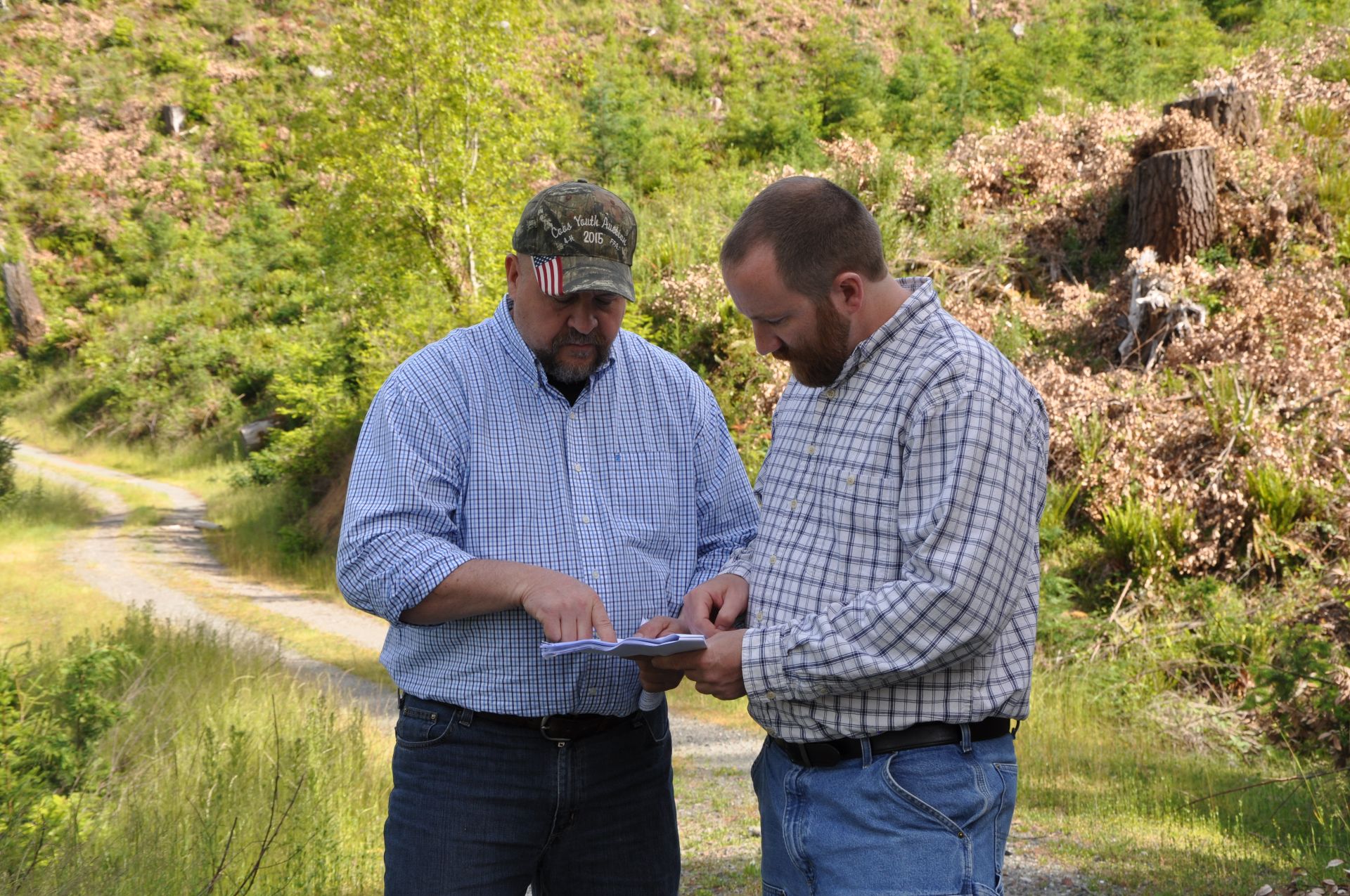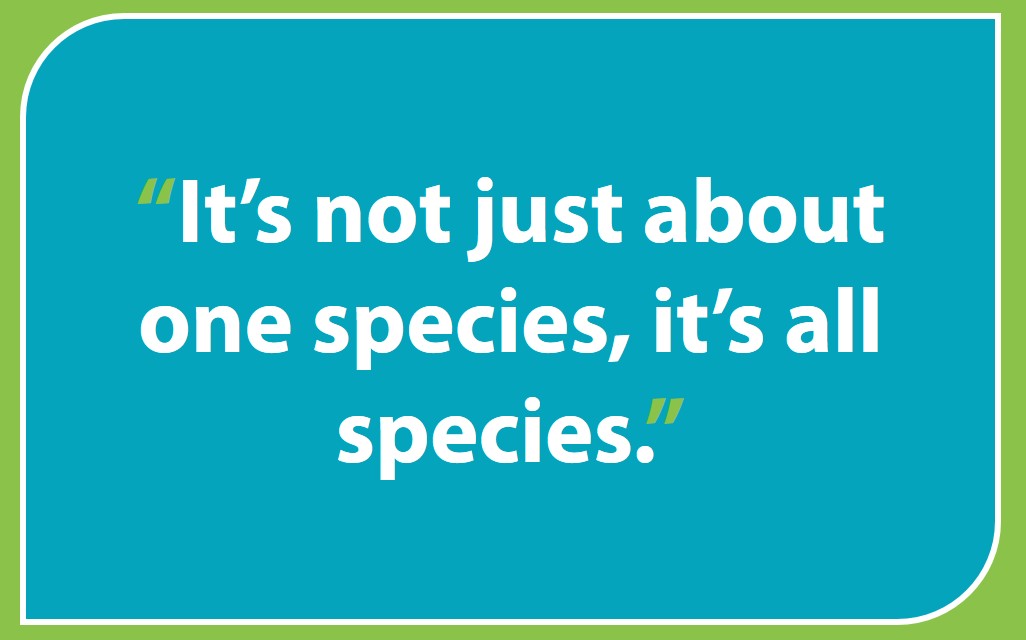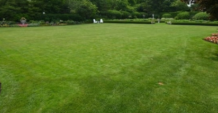Balancing Business with Culture
Each Friday, meet farmers, producers and landowners through our #Fridaysonthefarm stories. Visit local farms, ranches, forests and resource areas where NRCS and partners help people help the land. CLICK HERE to view all #Fridaysonthefarmstories.
The Coquille Tribal Forest has been described as one of the best managed forests in the nation. It’s certified by the international Forest Stewardship Council as environmentally sound and sustainable.
It’s also the only land under the federal Northwest Forest Plan that meets all environmental targets while still producing a whopping 3,000,000 board feet of timber each year.
But if you ask Chairperson Brenda Meade, she’ll tell you the Coquille Tribal Forest is much more than a vibrant and sustainable business, it’s home.
Healthy Forest Management
Unlike many American Indian tribes, the Coquille Tribe (pronounced ko-kwel) based in North Bend, Oregon has called the same place home for thousands of years — a tenure that has given Tribal leadership a long view on the management of their 5,400-acre forest.
And it’s exactly that long view that has given the Tribe an edge when it comes to sustainable forest management.
“With the forest giving us about 20 percent of our general fund revenue, it is a big piece of what we’re doing today,” says Meade. “
“But it’s also about looking at the landscape and being able to look at all those things that are influencing the health of the forest, not only for timber, but for the use of people who live on this land.”
Plant and Animal Diversity
In many timber operations, forest managers manage for trees that are worth more and remove less valuable trees. This tendency towards monoculture means traditional timber operations function more like farms than forests.
Trees of uniform size and species are easier and cheaper to harvest, but reduced plant and animal diversity also means less healthy trees that are more susceptible to weather extremes, fire and disease.
Fortunately for this forest, the Tribe values more than Douglas fir. Biodiversity is an important component of the Coquille culture, and many of their traditional foods and materials rely on the variety present in a healthy forest.
Side-by-side with their “cash crop” trees, culturally significant trees such as cedar and spruce thrive, as do large mammals such as bear and elk.
“Being able to manage the land not only for timber production, but also biodiversity, and species that aren’t commercially valuable, but are valuable to the Tribe, is important. And we really depend on the assistance from NRCS to pull it off,” says Colin Beck, Coquille Tribe natural resources director.
Available Assistance
The Tribe has been working with the agency to achieve its forest management goals through the Environmental Quality Incentives Program (EQIP).

The Tribe recently worked with NRCS to conduct a manual release. This conservation practice opens up young forest canopy and reduces the population of certain trees to provide valuable conifers more space to grow.
The assistance the program offers made it possible for the Tribe to apply costly practices to their land, such as pre-commercial thinning to reduce tree competition and the creation of firebreaks to reduce the risk of wildfire.
Forest Planning
“When this Tribe comes into the office, they already have a documented forest plan for what needs to be accomplished,” says Eric Moeggenberg, NRCS District Conservationist for Coos and Curry Counties.”
“And this plan benefits much more than just their bottom line. A lot of the conservation they’re doing goes well beyond a strictly business perspective. The Tribe’s forest planning enhances wildlife habitat, addresses over-all forest health and improves species of special cultural significance to the Tribe. They do these extra practices because it’s the right thing to do.”
As many non-industrial forests succumb to reduced productivity and increased wildfire danger, the Coquille Tribe’s emphasis on culture and community has resulted in a forest that’s as much a centerpiece of tribal life as it is a pillar of the Tribe’s business portfolio.
Forest Productivity

“I think about all the materials we use for basketry, regalia, houses, canoes — it’s cedar, it’s maple bark, it’s the willow that grows on the river, says Meade. All of these species are important to life. It can’t be just one species we focus on.”
The Big Picture
NRCS conservation projects within this Tribal Forest are part of a larger strategy to improve forest health on tribal and private forest lands along the Middle Fork Coquille River in Coos County.
Lack of effective management or forest management funds has led to unhealthy structure in Coos County’s forests. As a result, many forests in the target area have low productivity, offer poor wildlife habitat and are an increased wildfire danger.
Coquille Tribe balances business with culture for conservation success
The Coquille Forest Health Conservation Strategy makes resources available to private forest landowners to address these issues and restore health and vigor to the area’s forests.




